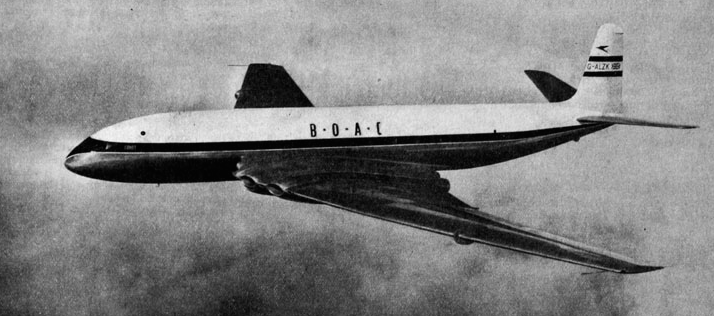Six months after it became the first commercial jet airliner to reach production, The Engineer examined the performance of the De Havilland Comet.

'These figures bear out predictions made when the "comet" formula was thought of four years ago, namely that its high speed would more than retrieve the cost of the higher fuel consumption inherent in the jet engine,' wrote the magazine.
'It is considered that compared with the most modern liners of its class at present in world service, the "comet" will be about 20 per cent cheaper per ton-mile of payload and will be able to fly at least 50 per cent more ton-miles in the year.'
The article continued: 'The first cost of the aircraft is taken at £450,000. As the SBAC formula does not as yet provide figures for the cost of maintenance of turbine engines the De Havilland company has made an assessment, which yields a cost per hour slightly less than that of piston engines in comparable aircraft.'
Anticipating future reduction in running costs, The Engineer claimed that 'more favourable figures will emerge as the developments now in hand materialise'. These developments were expected to yield increases in the thrust of the 'ghost' engine for take-off and emergency climb, a decrease in specific consumption for cruising, an increase in the all-up weight of the aircraft and an increase in the internal fuel capacity.
Sadly, all the optimism was short-lived, and following early commercial success, a series of catastrophic failures caused by metal fatigue led to all Comets being withdrawn from service. In 1958 a redesigned Comet was introduced, but by this time Boeing had gained the commercial edge with its 707 and orders for the Comet all but dried up. The Nimrod, a heavily modified version of this redesigned Comet, has been in military service since 1969.





Nanogenerator consumes CO2 to generate electricity
The chemistry seems incredibly complex. When the article came out here in Australia the News report was really funny because they scientist/researcher...